The Ultimate Guide To Companion Planting Tomatoes
The Ultimate Guide to Companion Planting Tomatoes
Tomatoes are one of the most popular vegetables to grow in the garden. They are delicious, versatile, and relatively easy to care for. But did you know that you can improve your tomato harvest by companion planting?
Companion planting is the practice of planting certain crops together to benefit each other. Some plants attract beneficial insects, while others help to repel pests. Some plants improve the soil quality, while others help to shade or support each other.
By companion planting tomatoes, you can:
- Improve the flavor of your tomatoes
- Increase your tomato harvest
- Deter pests and diseases
- Improve the soil quality
- Attract beneficial insects
In this guide, we will discuss the best companion plants for tomatoes, as well as some plants that you should avoid planting near tomatoes. We will also provide some tips for companion planting tomatoes.
Best Companion Plants for Tomatoes
Here are some of the best companion plants for tomatoes:
- Basil: Basil is a classic companion plant for tomatoes. It helps to repel pests such as aphids, whiteflies, and tomato hornworms. It also improves the flavor of tomatoes.
- Marigolds: Marigolds help to repel nematodes, which can damage tomato roots. They also attract beneficial insects such as ladybugs and lacewings.
- Chives: Chives help to repel aphids and other pests. They also improve the flavor of tomatoes.
- Onions: Onions help to repel aphids, thrips, and spider mites. They also improve the flavor of tomatoes.
- Garlic: Garlic helps to repel aphids, thrips, and spider mites. It also improves the flavor of tomatoes.
- Cucumbers: Cucumbers help to shade tomato plants, which can help to prevent sunscald. They also help to improve the air circulation around tomato plants, which can help to prevent diseases.
- Potatoes: Potatoes help to improve the soil structure, which can benefit tomato plants. They also help to attract beneficial insects such as ground beetles.
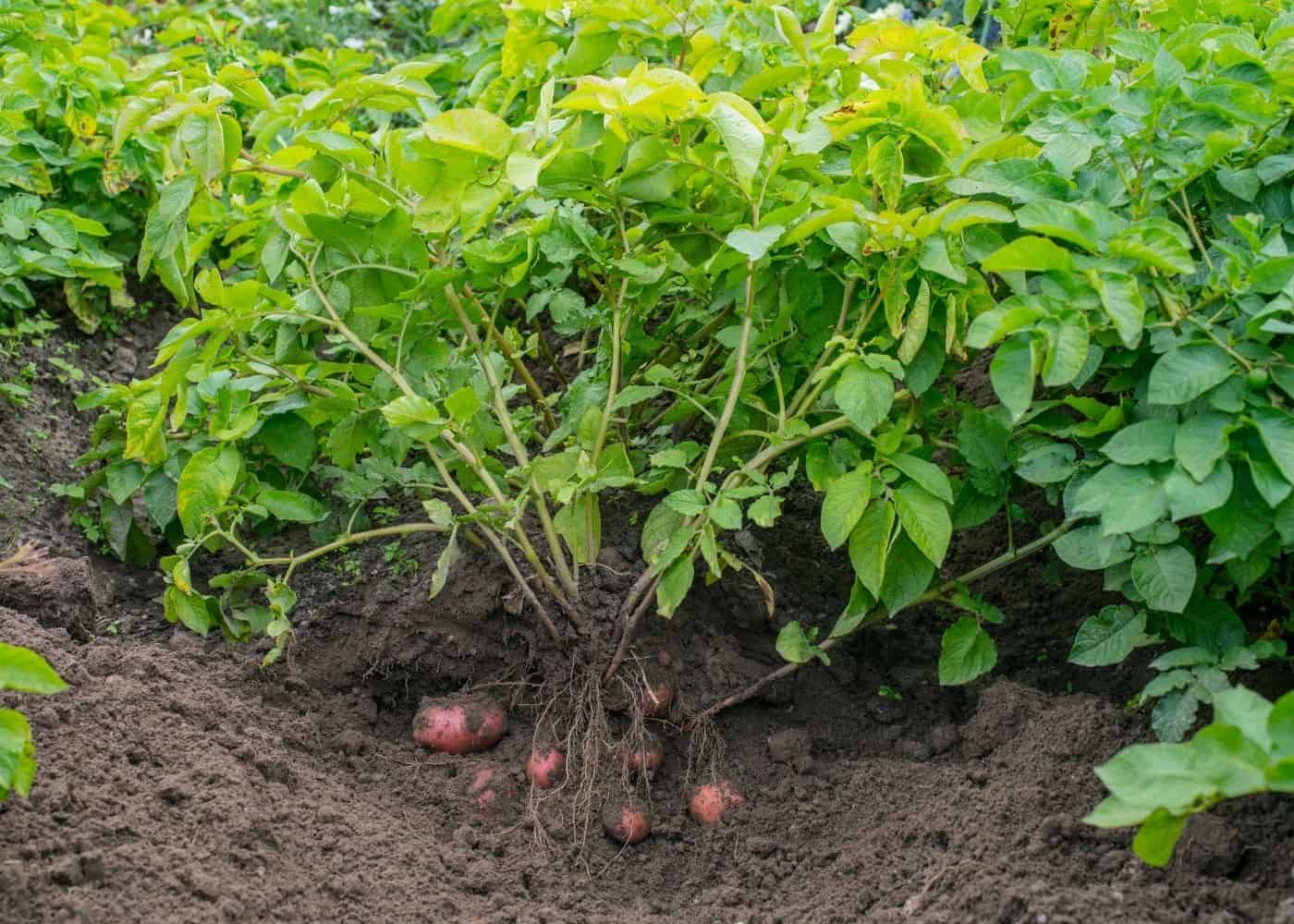
- Borage: Borage attracts beneficial insects such as bees and butterflies. It also helps to improve the flavor of tomatoes.
Plants to Avoid Planting Near Tomatoes
There are a few plants that you should avoid planting near tomatoes. These plants include:
- Eggplant: Eggplant is a member of the nightshade family, and it can attract the same pests and diseases as tomatoes.

- Potatoes: Potatoes and tomatoes are both susceptible to the same diseases, so it is best to avoid planting them near each other.
- Cabbage: Cabbage and other members of the brassica family can compete with tomatoes for nutrients.

- Fennel: Fennel can stunt the growth of tomato plants.
- Dill: Dill can attract pests such as aphids and whiteflies.
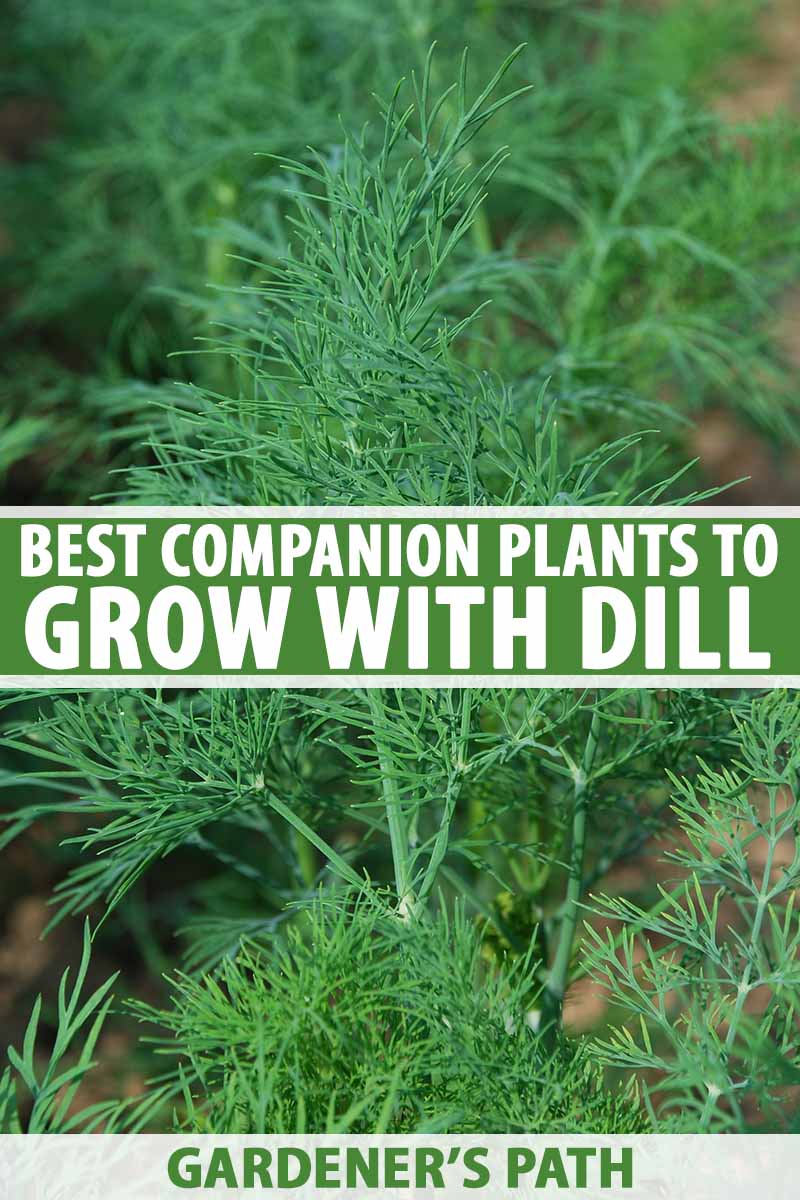
Tips for Companion Planting Tomatoes
Here are some tips for companion planting tomatoes:
- Plant basil, marigolds, chives, onions, garlic, cucumbers, potatoes, or borage near your tomato plants.
- Avoid planting eggplant, potatoes, cabbage, fennel, or dill near your tomato plants.
- Plant your companion plants in a staggered pattern so that they don't shade each other out.
- Water your companion plants regularly.
- Fertilize your companion plants as needed.
Conclusion
Companion planting is a great way to improve your tomato harvest. By planting the right companion plants near your tomato plants, you can deter pests, improve the flavor of your tomatoes, and increase your yield.
So next time you are planting tomatoes in your garden, be sure to consider companion planting. You may be surprised at how much of a difference it makes.
Growing tomatoes is a rewarding experience, but it can be challenging to know which vegetables to plant alongside them. Some vegetables can actually help to improve the growth and flavor of tomatoes, while others can compete for nutrients or attract pests.
If you're looking for some guidance on companion planting with tomatoes, I recommend checking out Gardenia Inspiration. This website has a comprehensive list of vegetables that grow well with tomatoes, as well as information about the benefits of each pairing.
For example, basil is a classic companion plant for tomatoes. It helps to deter pests, improve the flavor of tomatoes, and attract pollinators. Other good companion plants for tomatoes include beans, carrots, chives, garlic, marigolds, nasturtiums, and parsley.
Of course, there are also some vegetables that you should avoid planting near tomatoes. These include cabbage, corn, fennel, potatoes, and walnuts. These plants can compete with tomatoes for nutrients or attract pests.
So, if you're planning to plant tomatoes in your garden this year, be sure to do your research on companion planting. It could help you to grow healthier and more productive tomatoes.
FAQ of vegetables that grow well with tomatoes
Q: What are some vegetables that grow well with tomatoes?
A: There are many vegetables that grow well with tomatoes, but some of the most popular include:
- Basil: Basil is a classic tomato companion plant. It helps to deter pests and attract pollinators, and its flavor complements tomatoes perfectly.
- Chives: Chives are another great tomato companion plant. They help to repel pests and improve the flavor of tomatoes.
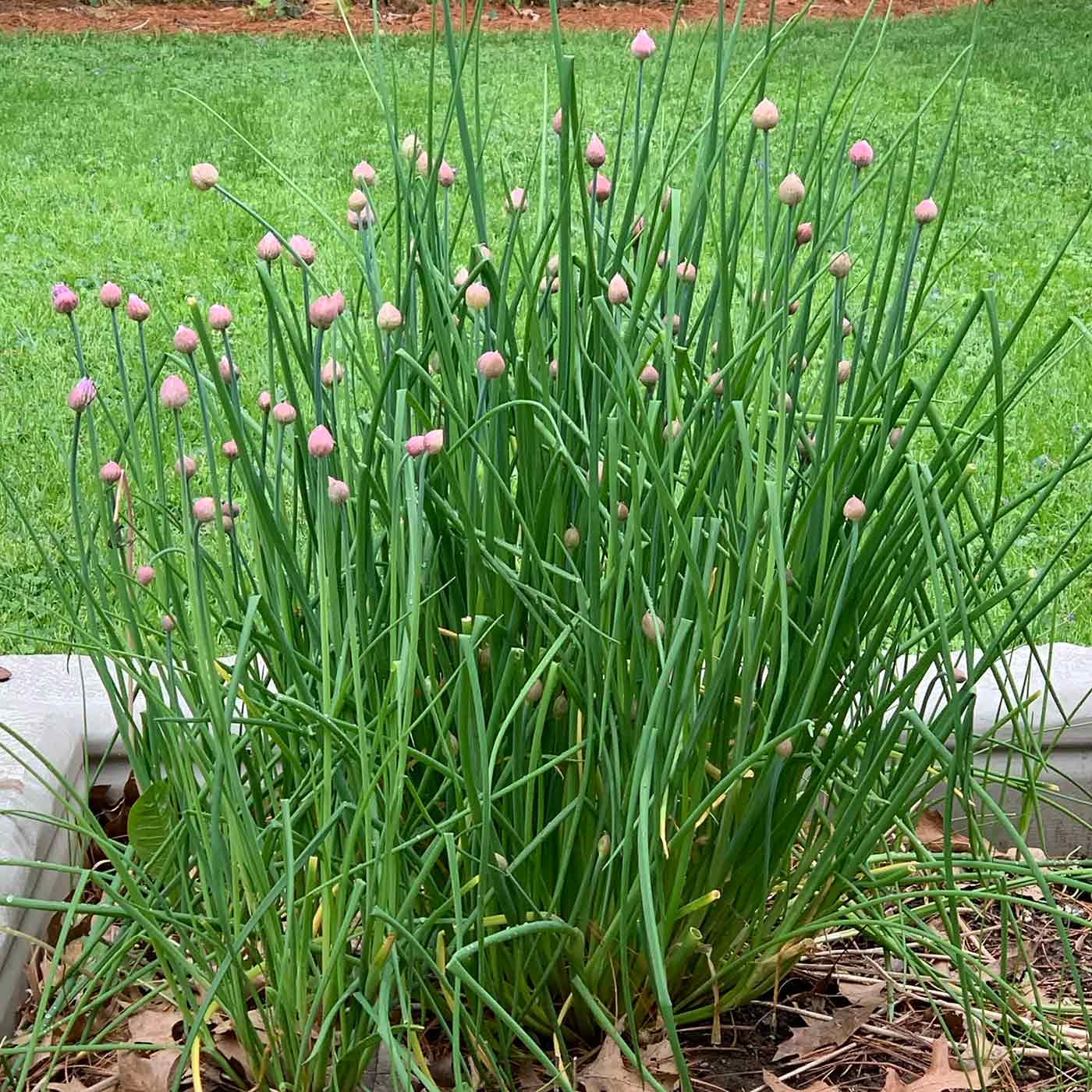
- Onions: Onions are also a good choice for companion planting with tomatoes. They help to repel pests and improve the flavor of tomatoes.

- Garlic: Garlic is a powerful pest repellent, and it can also help to improve the flavor of tomatoes.
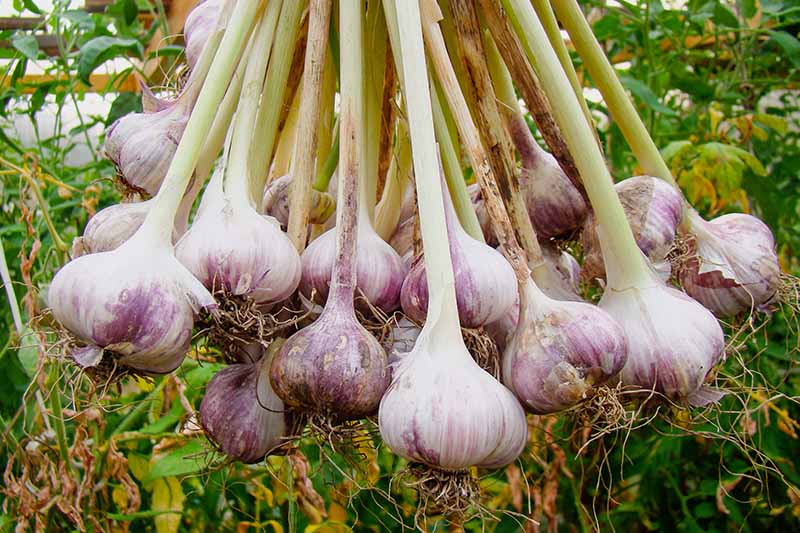
- Lettuce: Lettuce is a cool-season crop that can be planted under tomato plants. It helps to suppress weeds and improve the soil quality.
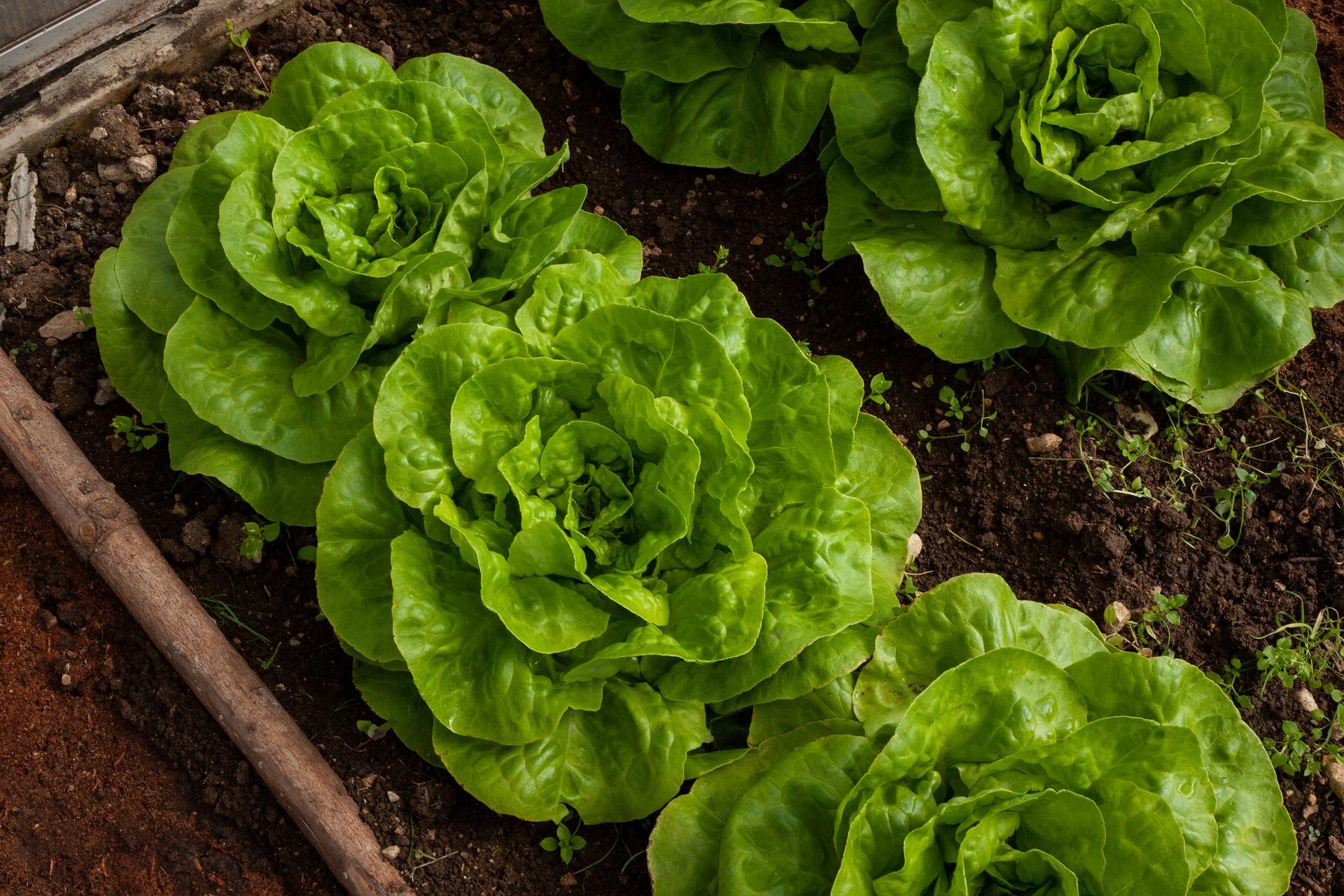
- Marigolds: Marigolds are a beautiful and beneficial flower that can be planted near tomato plants. They help to repel pests and attract pollinators.

- Nasturtiums: Nasturtiums are another attractive and beneficial flower that can be planted near tomato plants. They help to repel pests and attract pollinators.

Q: What vegetables should not be planted near tomatoes?
A: There are a few vegetables that should not be planted near tomatoes, as they can compete for nutrients or attract pests. These vegetables include:
- Brassicas: Brassicas, such as broccoli, cabbage, and cauliflower, should not be planted near tomatoes. They compete for nutrients and can attract pests.

- Fennel: Fennel should not be planted near tomatoes. It can release a chemical that stunts the growth of tomatoes.
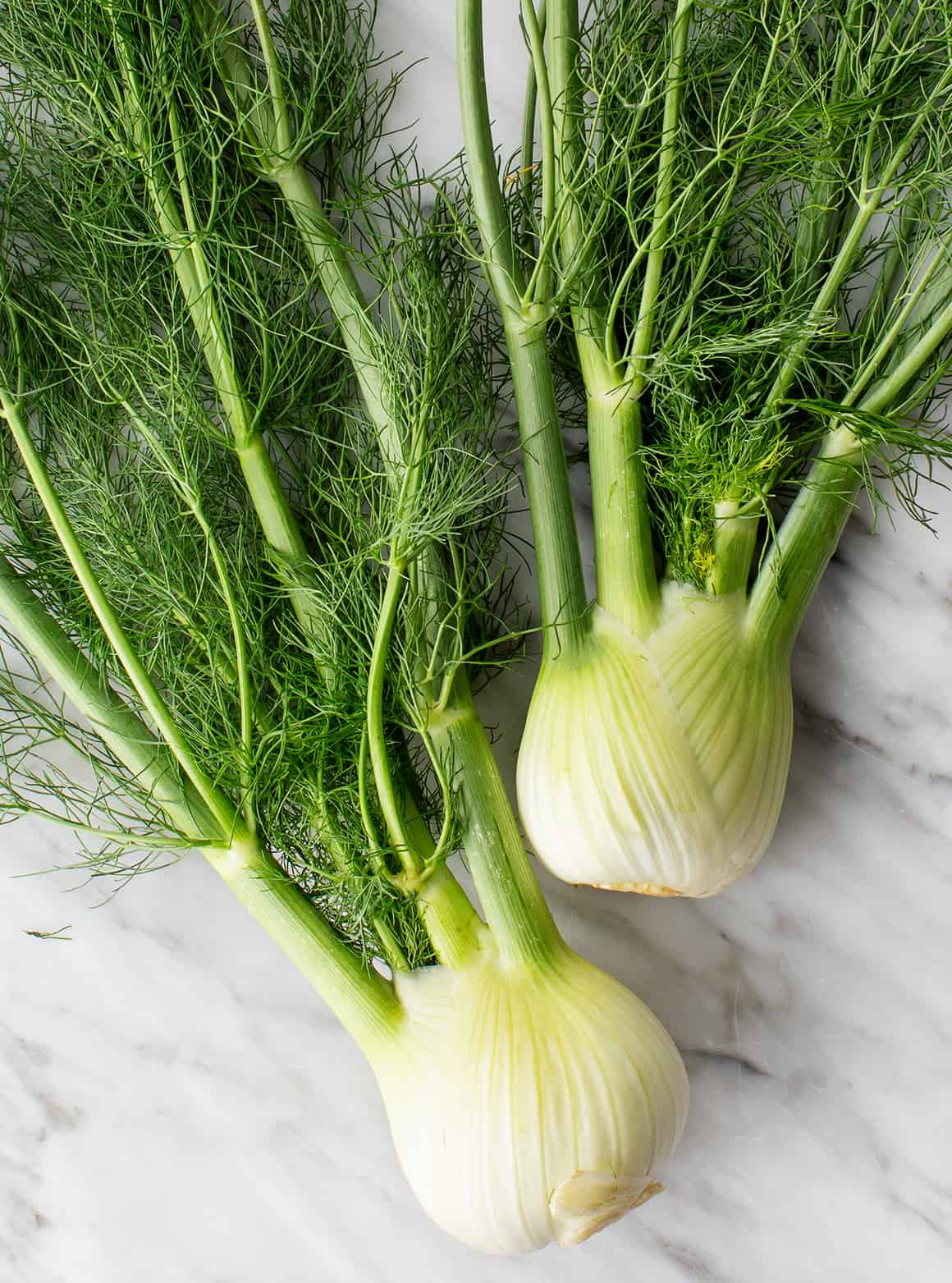
- Potatoes: Potatoes are a member of the nightshade family, and they should not be planted near tomatoes. They can share the same diseases.

Q: What are the benefits of companion planting with tomatoes?
A: There are many benefits to companion planting with tomatoes. Some of the most important benefits include:
- Improved pollination: Companion plants can help to attract pollinators, which can improve the pollination of tomatoes. This can lead to a larger and more bountiful harvest.
- Disease and pest control: Companion plants can help to deter pests and diseases. This can help to keep your tomato plants healthy and productive.
- Improved soil quality: Companion plants can help to improve the soil quality around tomato plants. This can provide tomatoes with the nutrients they need to thrive.
- Diversity: Companion planting can help to add diversity to your garden. This can make your garden more interesting and attractive, and it can also help to attract beneficial insects and pollinators.
Q: How far apart should tomatoes be planted from other plants?
A: Tomatoes should be planted at least 2 feet apart from other plants. This will give them enough space to grow and spread their roots. If you are planting a row of tomatoes, they should be spaced 3-4 feet apart.
Q: How do I know if I'm planting tomatoes in the right spot?
A: Tomatoes need full sun, so make sure they are planted in a spot that gets at least 6 hours of sunlight per day. They also need well-drained soil. If your soil is not well-drained, you can amend it with compost or sand.
Image of vegetables that grow well with tomatoes
- Basil: Basil is a classic companion plant for tomatoes. It helps to deter pests and attract beneficial insects.
- Cucumbers: Cucumbers and tomatoes have similar growing requirements, so they can be planted together. They also help to shade the soil, which can help to keep tomatoes cool.
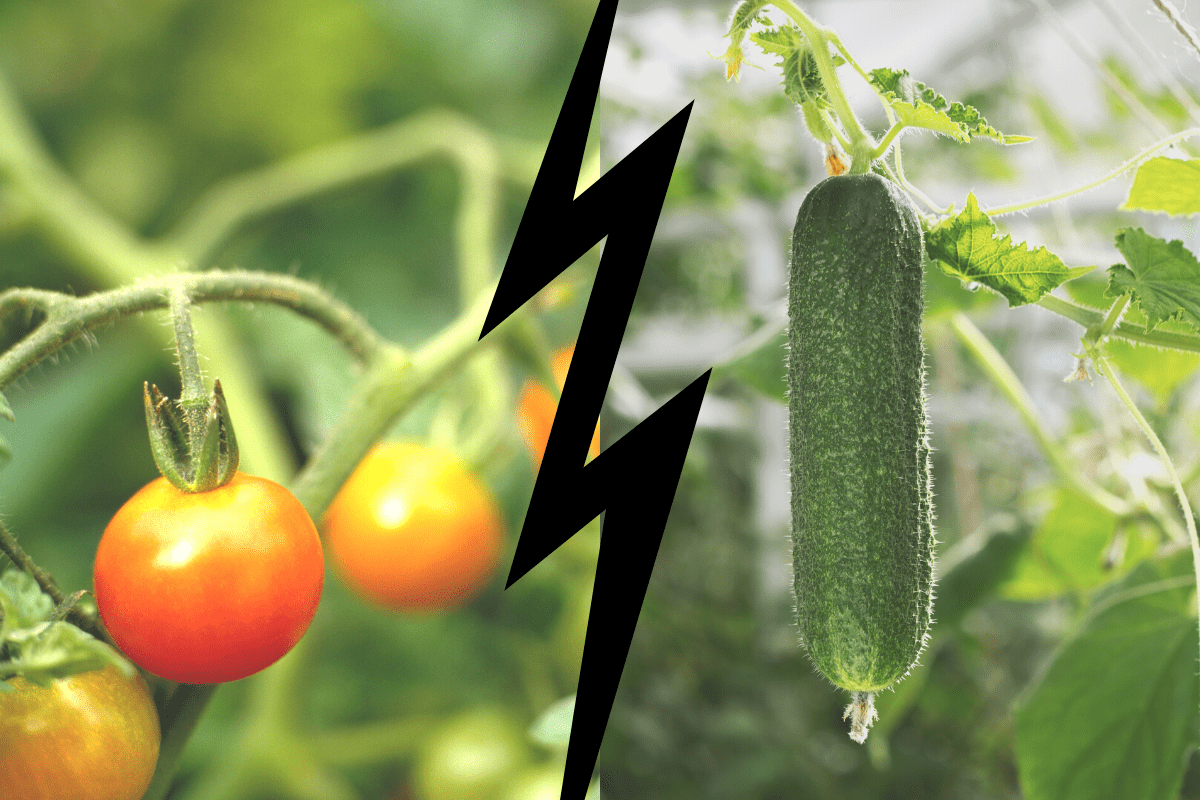
- Peppers: Peppers and tomatoes are both members of the nightshade family, so they have similar nutrient needs. They also help to deter pests.

- Onions: Onions help to repel nematodes, which are pests that can damage tomatoes. They also help to improve the flavor of tomatoes.
- Lettuce: Lettuce helps to suppress weeds and improve the drainage of the soil, which can benefit tomatoes.
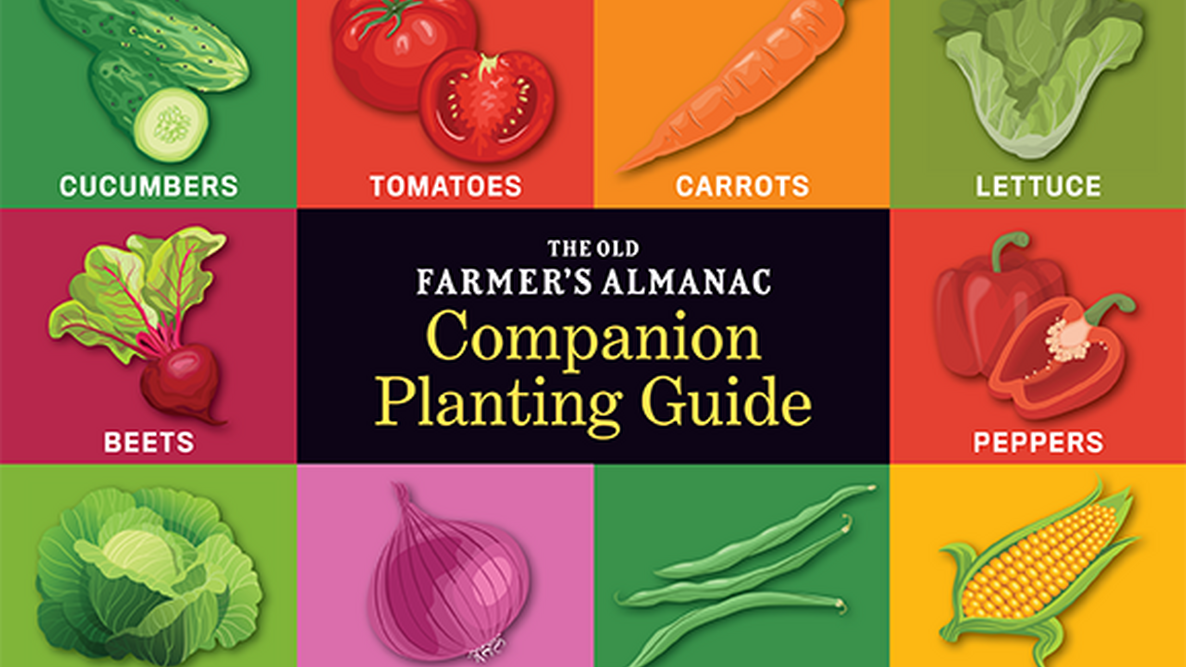
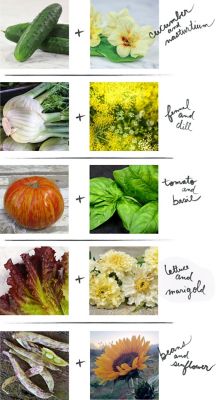
Post a Comment for "The Ultimate Guide To Companion Planting Tomatoes"